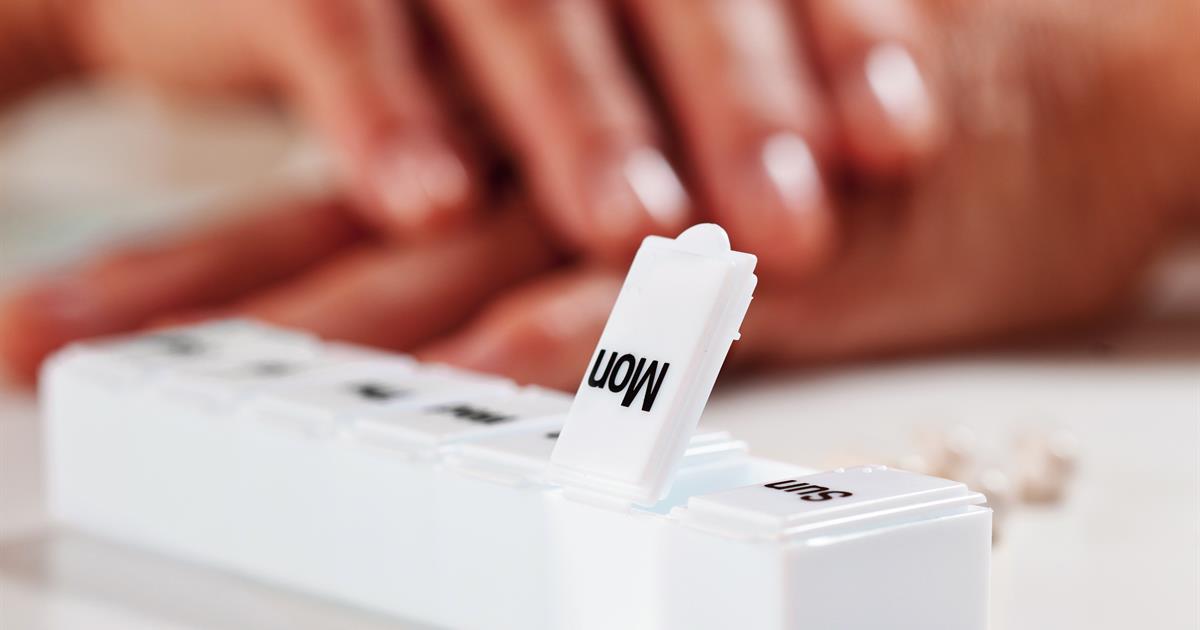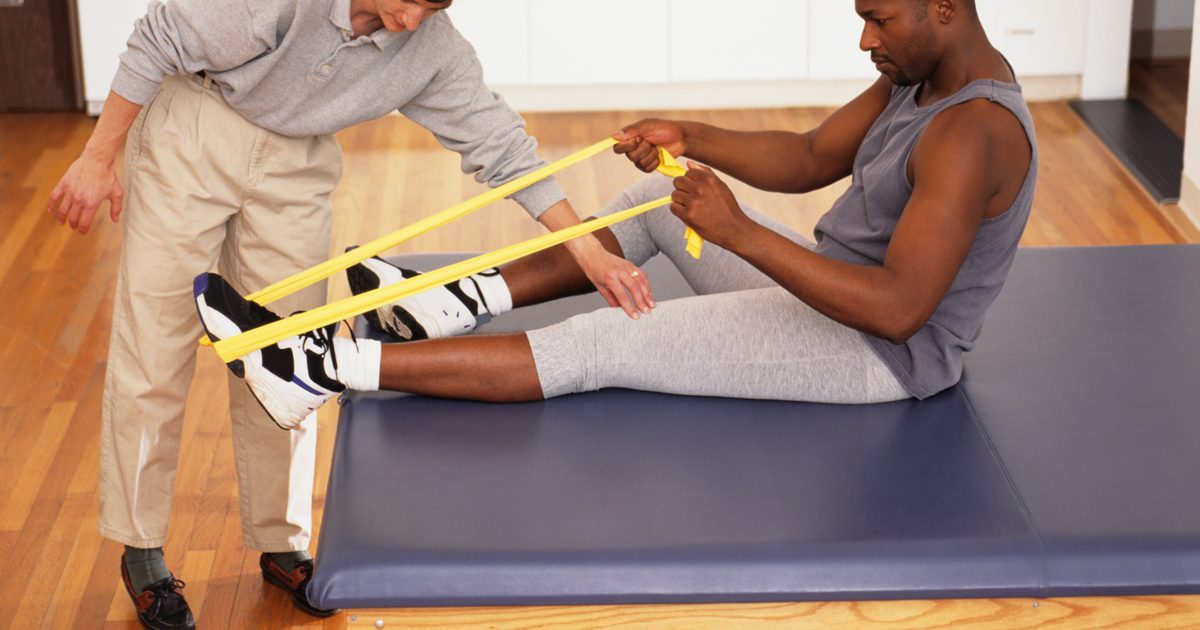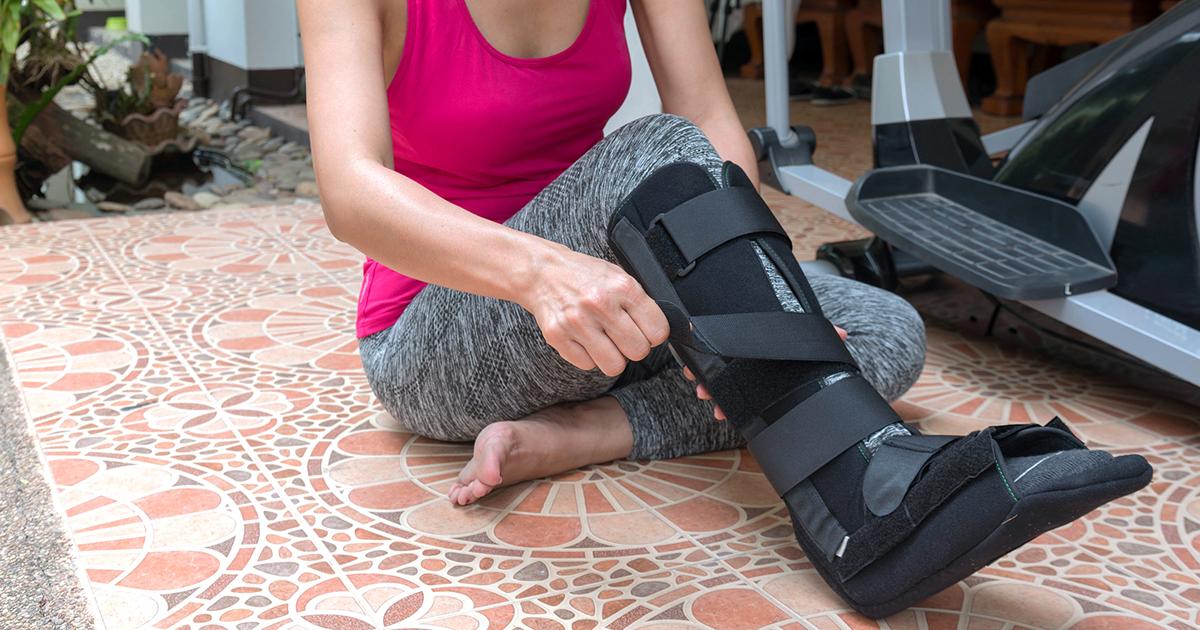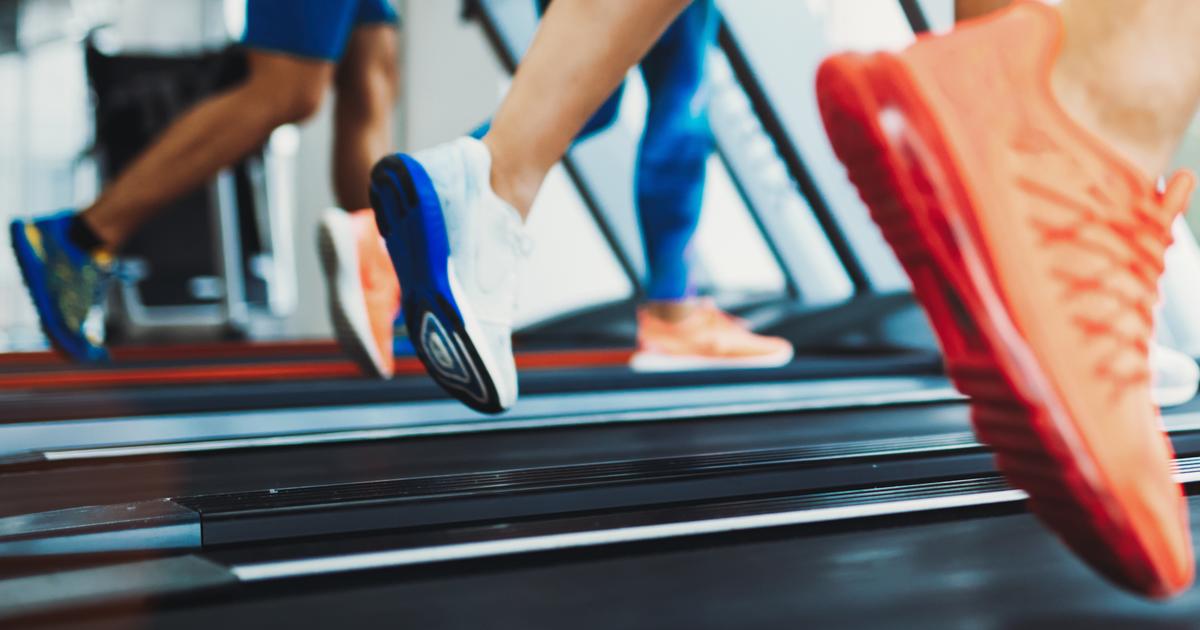Guide To Treating Peroneal Tendonitis
The peroneal tendons are essential parts of the structure of the leg. Each leg has two peroneal tendons, which run parallel to each other down the back of the lower legs. These tendons are important for stabilizing the ankles and the arch when walking. Peroneal tendonitis is a condition in which these tendons become inflamed as a result of friction between the tendon and the bone, often caused by overuse.
Peroneal tendonitis is very common among runners and other athletes. It is also common among individuals who increase their workouts suddenly, wear inadequate footwear, and use improper training techniques. Genetically speaking, individuals with higher foot arches and improperly balanced lower leg muscles are more likely to develop peroneal tendonitis as well.
Rest

The body is an amazing machine that can heal itself when allowed to do so. When peroneal tendonitis is caused by going too hard, too fast, good old-fashioned rest may just be the right way to heal it. While giving the ankle a break, patients may need to use a cane or crutches to help them get around. Pain will be the guiding force behind how far they can push themselves.
It will likely take several weeks for the peroneal tendons to heal enough for patients to not feel pain when walking. When this happens, exercise may begin again gradually. Remember, how much can be done will depend on whether or not it causes pain in the ankle. When training does resume, it is important to tweak treatment methods and footwear to prevent a repeat injury.
Medication

Nonsteroidal anti-inflammatory medications can be useful for reducing pain while the peroneal tendons are healing. They reduce the swelling around the tendon, which reduces the amount of friction. During the initial weeks of healing, Nonsteroidal anti-inflammatories and ice packs to reduce swelling are often the best things patients can do for a minor injury. Stronger pain medication may be recommended in more severe cases, but opioids are almost never used for peroneal tendonitis.
Topical creams are growing in popularity as a treatment for inflammation that avoids the potential side effects of oral medications. Although in the beginning stages of research, platelet-rich plasma therapy is being studied as a possible treatment for peroneal tendonitis. This involves taking a small sample of the patient's blood and spinning it a centrifuge until the healing factors and platelet-rich plasma are separated, after which the solution is injected directly into the problem area.
Physical Therapy

Physical therapy can be incredibly useful when dealing with peroneal tendonitis in many ways. In the beginning, it may be purely passive. This type of physical therapy involves using heat, ice, soft tissue massage, and ultrasound waves to alleviate pain. A physical therapist may also use manual therapy techniques to loosen up the area. Many exercises will be done as part of physical therapy as well.
Range of motion exercises can increase the flexibility of the foot and ankle, helping prevent future injuries. Strengthening exercises are important if patients have been staying off their feet for an extended period. They can be done using resistance bands, exercise balls, and weights. The last type of physical therapy patients may receive will be purely functional, which means it will be exercises specifically tailored for the types of activities they do.
Wearing A Brace Or Boot

Doctors and physical therapists may recommend wearing a brace or boot to reduce the stress placed on the affected ankle. Often, RICE treatment, which is comprised of rest, ice, compression, and elevation, is recommended. There are ankle braces that are well-suited for both supporting the tendons in the ankle and compressing them.
The reason compression is useful in these situations is it reduces both inflammation and pain. Boots are useful when the goal is to immobilize the ankle as much as possible while still being able to walk. Once the injury is healed, doctors may recommend wearing a brace when running or engaging in sports to prevent a repeat injury.
Cortisone Injections

Cortisone injections are not used unless strictly necessary, as they can cause damage to the tendons. Generally speaking, doctors will only resort to cortisone injections as treatment when the peroneal tendonitis is recurring and does not improve. New research has suggested while cortisone injections can be highly beneficial in the short term, they can actually slow down or harm long-term progress.
This is likely because patients will feel comfortable putting weight on the ankle and engaging in physical activities before the peroneal tendons have had the chance to properly heal. For the same reasons, these injections may actually increase a patient's odds of the injury happening again.
Surgical Tendon Release Or Repair

For cases involving a moderate to serious tendon injury, surgical tendon release or repair may be an option. The main reason surgery is prescribed is to help repair and treat tears to the peroneal tendon. Surgeons are also capable of repairing the tissues responsible for holding the peroneal tendons in place if they've become injured.
Surgery for peroneal tendonitis is typically only recommended for non-serious tears after four to six weeks of more conservative treatment methods haven't yielded results. Most peroneal tendon repair surgeries are open surgical procedures that involve incisions. Depending on how complex the surgery is, patients may still be able to leave the day they have the surgery.
Try Some Stretching

One way to relieve peroneal tendonitis is to try some stretching. It's important to stop stretching if the stretches are causing the pain to increase. If a doctor has told patients to rest without stretching, it is crucial for these patients to follow their advice. Controlled stretches can increase the production of collagen and improve the organization of the patient's muscle fibers. While recovering, stretches are a good way for patients to prevent issues caused by improper healing, shortening, or adhesions in the tendon.
One potential stretch is the 'towel stretch.' Individuals should sit with their legs straight out and wrap a towel around their toes. They should then gently pull their feet back until they feel the back of their leg stretching, and hold for thirty seconds. With a standing calf stretch, individuals will stand facing a wall and extend their foot in front of them, heel to the ground with their toes pointed toward the ceiling. They must then press their hands against the wall and slowly lean forward. When individuals feel a stretch in their lower leg, stop and hold the position for thirty seconds.
Wear Supportive Footwear

One way to prevent peroneal tendonitis is to wear supportive footwear. Supportive footwear can also help prevent a recurrence of the condition. Runners with peroneal tendonitis need shoes that can help correct their strides to keep their feet from rolling inward or outward. The condition is also more likely to affect individuals with high arches, so neutrally-designed shoes engineered to help with pronation are ideal. It's also helpful to have a high heel-to-toe drop in the shoe, which encourages the heel to strike the ground.
While this causes higher impacts during a run, it lets individuals roll through the stride and pronate properly. This reduces stress on the peroneal tendons in the outer foot. A shock-absorbing shoe is necessary for promoting healing and reducing stress with any running injury, peroneal tendonitis included. The entire sole should have good cushioning, with a particular focus on midsole cushioning to support the arches.
Engage In Cross-Training

One of the best ways to prevent injuries like peroneal tendonitis is to engage in cross-training. In many cases, runners develop peroneal tendonitis because they overuse their tendons and cause them to become injured. Cross-training is a type of fitness training routine that incorporates many different kinds of exercise. Athletes must train specifically for the sport they play, but most individuals who exercise will find more rounded training is better for overall fitness. With cross-training, individuals limit the stress on separate muscle groups by differentiating their activities.
Different activities use different muscles in a variety of ways. Rather than running every single day, individuals might use biking or swimming to get in their cardio on alternating days. For full-body fitness, individuals might also alternate weight training to build muscle with running for cardio.
Increase Exercise Gradually

After an individual has experienced peroneal tendonitis, it's important to increase exercise gradually. If patients use physical therapy as part of their recovery, the physical therapist may prescribe an ongoing stretching and exercise plan. Once healed, patients need to increase their activity levels gradually. If the injury was caused by running, individuals can't immediately return to the same running intensity they were used to before.
Patients will need to work up to longer runs slowly to get their body and tendons used to the movement again. It's also important for individuals to check in with themselves throughout their runs and other exercises. If they're starting to feel pain in their tendons, it's time to stop.
